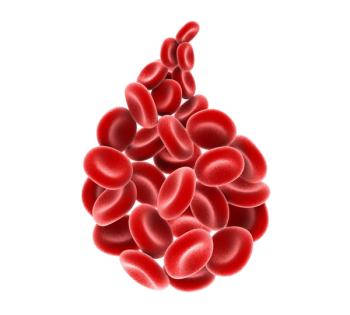
Men Undergoing Active Surveillance for Early Prostate Cancer See Lower Risk of Metastases, Death
“In the long-term, active surveillance is a safe and viable option for men with low-risk and carefully selected intermediate-risk prostate cancer,” the study authors wrote.
According to a recent study published in The Journal of Urology, men undergoing active surveillance for early prostate cancer have considerably low rates of metastases or death from prostate cancer.1
“In the long-term, active surveillance is a safe and viable option for men with low-risk and carefully selected intermediate-risk prostate cancer,” explained the study authors.2
In this study, researchers sought to determine predictors of biopsy reclassification at specific time points after enrollment on active surveillance. Importantly, biopsy reclassification was defined as Gleason Grade Group 2 or greater on subsequent biopsy.
A total of 1,450 men with clinically low risk prostate cancer prospectively enrolled on active surveillance at the University of California, San Francisco (UCSF) between 1990 and 2018 were identified for evaluation. The average follow-up time was approximately 6.5 years; however, nearly one-fourth of patients were followed for 10 years or longer.
Ultimately, the results demonstrated that risk of metastases during long-term active surveillance was affected by 3 factors:
- Gleason grade:On initial biopsies, 90% of men had low-grade prostate cancers and 10% had intermediate-grade cancers. Overall, 99% of patients were alive and without metastases at 7 years. For those with Gleason Grade 2 cancers, this figure was significantly lower (96%).
- Prostate specific antigen (PSA) velocity: Patients with faster increases in PSA had a higher risk of metastases.
- Multiparametric MRI: This new imaging technique was performed in about half of patients. Men with a high likelihood of clinically significant cancer on multiparametric MRI were suggested to be at higher risk of metastases.
“At 7 years, 1% of men in our cohort developed metastatic disease and less than 1% died from prostate cancer,” the authors wrote.
Notably, overall survival rates varied according to Gleason Grade and PSA velocity, from 98% for men with Gleason Grade 1 cancers and slower PSA velocity to 87% for those with Gleason Grade 2 cancers.
On multivariable analysis, biopsy reclassification was found to be associated with PSA density of 0.15 or greater (HR, 3.37; 95% CI, 1.83-6.21), percentage biopsy cores positive (HR, 1.27; 95% CI, 1.05-1.54), and high genomic score (HR, 2.81; 95% CI, 1.21-6.52) at first surveillance biopsy and also at 1 to 3 years, following adjustment. Moreover, PSA density of 0.15 or greater (HR, 2.36; 95% CI, 1.56-3.56) and PSA kinetics (HR, 2.19; 95% CI, 1.43-3.34) were correlated with reclassification at 3 to 5 years.
A PI-RADS (Prostate Imaging Reporting and Data System) score of 4 or 5 was not associated with biopsy reclassification at any time point.
Overall, high genomic score, PSA kinetics, and PSA density of 0.15 or greater were associated with reclassification within 3 years of commencing active surveillance. Further, PSA kinetics and PSA density of 0.15 or greater remained associated with reclassification at 5 years after diagnosis.
“These characteristics should be taken into account when selecting, following, and counseling patients for active surveillance,” the authors concluded.
References:
1. Lonergan PE, Washington SL, Cown JE, et al. Risk Factors for Biopsy Reclassification over Time in Men on Active Surveillance for Early Stage Prostate Cancer. The Journal of Urology. doi: 10.1097/JU.0000000000001186
2. Low risk of cancer spread on active surveillance for early prostate cancer [news release]. Published November 9, 2020. Accessed December 4, 2020. https://www.newswise.com/articles/low-risk-of-cancer-spread-on-active-surveillance-for-early-prostate-cancer?sc=sphr&xy=10019792
Newsletter
Stay up to date on recent advances in the multidisciplinary approach to cancer.



















































































